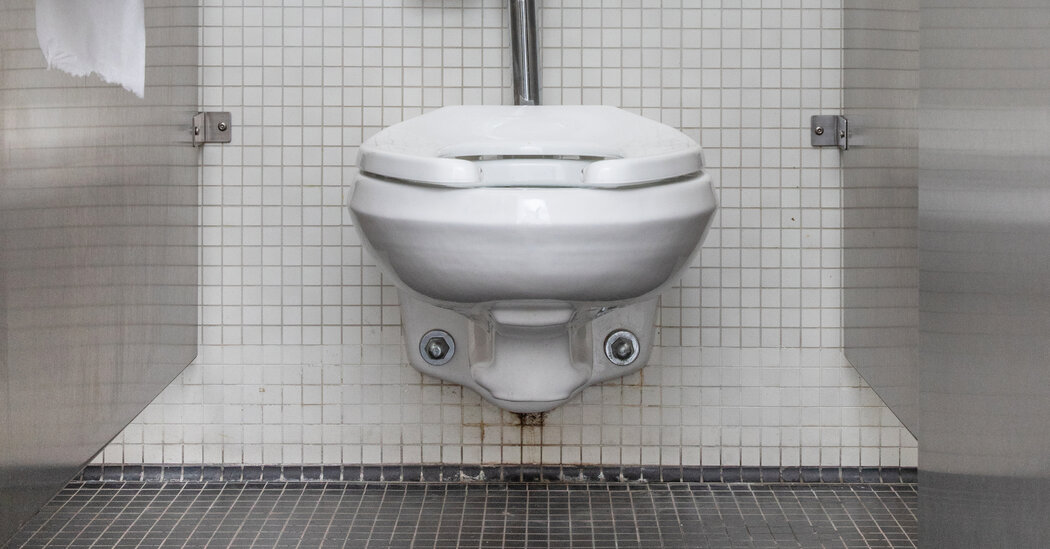More important than whether you use a cover, or sit or hover, is how well you clean your hands after using the bathroom, Dr. Donner said. Thanks to the toilet plume effect and the use of hand air dryers, which she said can spread germs from wet hands or nearby open trash cans as far as 10 feet, any surface in a public restroom — flush handles, stall latches, sink taps and exit doors, for example — can be contaminated. And the most common route of infection is “the charmingly termed ‘fecal-oral route,’” which occurs when pathogens from an infected person’s feces get into your mouth after “touching contaminated surfaces and then touching your face,” Dr. Donner said.
For hand washing to be effective, the Centers for Disease Control and Prevention recommends wetting your hands with clean water, scrubbing with soap for at least 20 seconds, rinsing and then drying them. But most people don’t wash their hands for long enough, and public restrooms are often out of soap and paper towels. It’s sometimes also difficult to wash well, like in airplane lavatories with their tiny sinks and trickles of water, and hard to avoid touching a surface afterward, Dr. Gerba said. After all public restroom visits, “the best option is to wash your hands, and then use a hand sanitizer on the way out,” he said.
Other tips to keep in mind: If you bring a bag or purse into a public restroom, avoid putting it on the floor, which is one of the dirtiest surfaces in a bathroom, Dr. Gerba said. Keep your phone stowed away to avoid contaminating it, and try to avoid touching surfaces as much as you can, Dr. Donner recommended. Also consider closing the toilet lid before you flush as a public health measure and a kindness to others; this step reduces the toilet plume significantly.
One thing you don’t need to worry about is contracting a sexually transmitted infection in a restroom, Dr. Park said. “I’m not going to say it’s absolutely impossible, but it’s so unlikely,” she said. Pathogens like gonorrhea and chlamydia don’t survive for long on surfaces, and they need to get into the penis or vagina to cause infection, she said. “Where we’re sitting on the toilet seat, it’s just not in the right vicinity.”
Alice Callahan is a health and science journalist based in Oregon and a frequent contributor to The New York Times.
Credit: Source link



